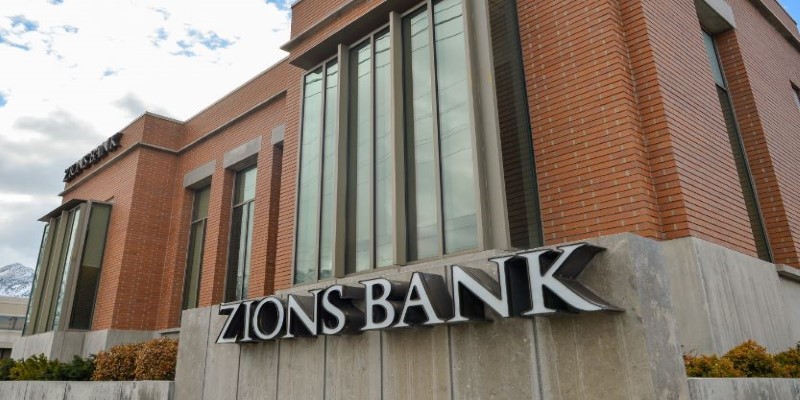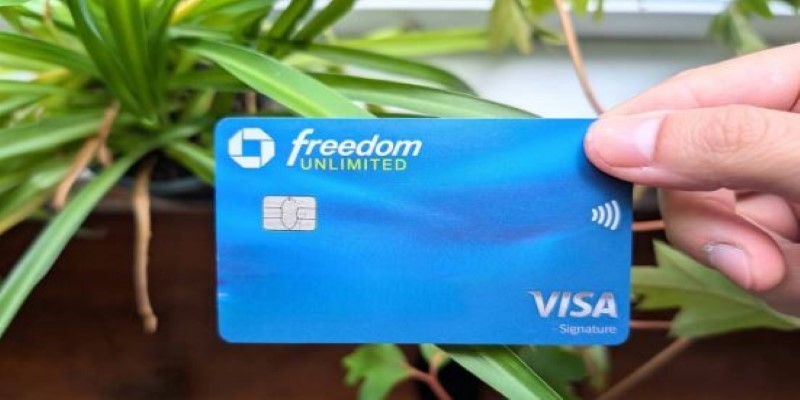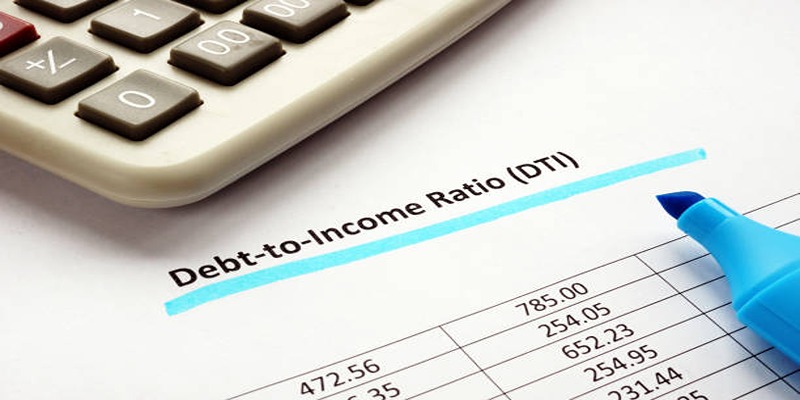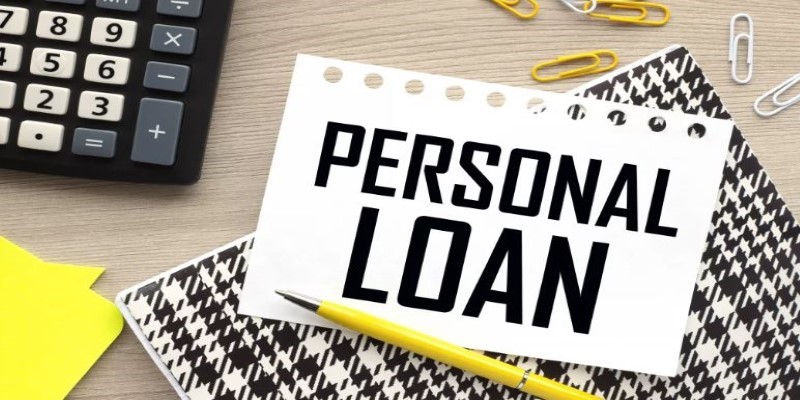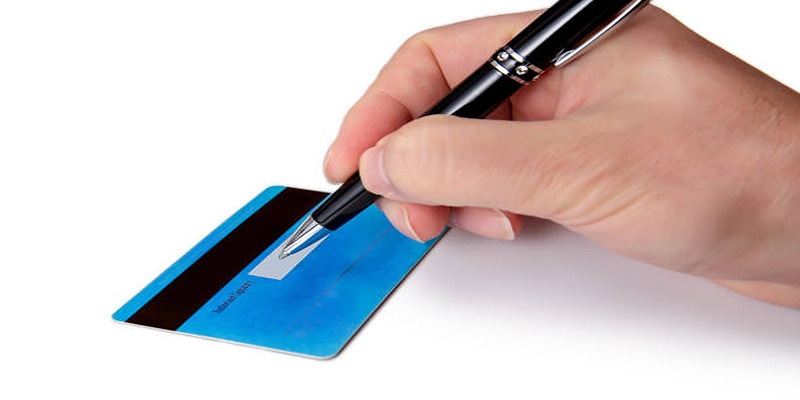Ever noticed the "Authorized Signature" strip on the back of your credit card? If you’ve skipped signing it or questioned its importance, you’re not alone. Many ignore it or don’t realize it’s required. But does it really matter? What happens if you leave it blank? This guide explores why signing your card matters, whether it’s still relevant, and how it affects your transactions.
Why Are You Supposed to Sign the Back of Your Credit Card?
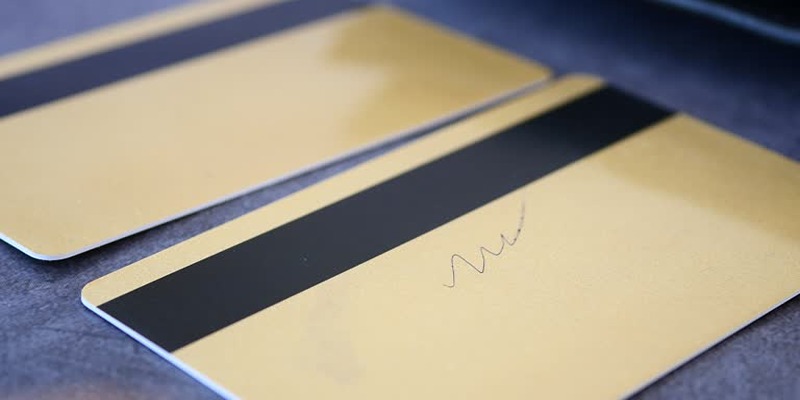
The directive to sign the back of your credit card goes back to the early days of credit card usage. Long before chips, PINs, or mobile wallets existed, signatures were the primary way for merchants to verify a cardholder’s identity. When you signed the receipt for a purchase, the cashier could compare your signature to the one on the back of the card to ensure they matched.
Such a verification procedure encouraged minimization of fraud as only the appropriate owner of the credit card could use it. It was merely a security feature to securitize the cardholders and merchants. Nevertheless, technology has evolved greatly nowadays, and now, a lot of people are rather wondering that whether this practice is still even needed or not.
Is It Legally Required to Sign Your Credit Card?
Interestingly, most card-issuing companies still require you to sign your card to comply with their terms and conditions. Here are a few examples:
- Visa and Mastercard specifically state in their agreements that the card is not valid unless signed.
- American Express also includes an area for your signature and considers it a security feature.
While leaving the back of your card blank won’t void it entirely, it technically violates the card issuer’s terms of service. This could theoretically give a merchant or your bank the right to reject your card in certain situations, though this is rare in practice.
What Happens If You Don’t Sign Your Card?
If you’ve never signed your card, you’ve probably never had issues making purchases at most places. Many transactions now rely on PINs, EMV chips, or tap-to-pay features, bypassing the need for a signature altogether. However, there are some circumstances where not signing your card could cause problems:
1. Rejection by Merchants
Some merchants, particularly smaller or more traditional businesses, may refuse to accept an unsigned card. If the cashier notices the blank signature panel, they might ask you to sign it on the spot or even deny the transaction.
2. Potential Fraud Risks
Leaving the signature panel blank could expose you to a higher risk of fraud. Someone who steals your card could easily sign their name on the blank panel and use it for unauthorized transactions, especially in situations where merchants rely on visual checks.
3. Limited Fraud Liability
Your signature, though less relevant in today’s payment environment, serves as evidence of your intent to use the card. If your card is misused, having your signature could strengthen your case when filing a fraud claim.
How Relevant Is Signing Your Credit Card Today?
With advancements in payment technology, the signature panel on credit cards has become less significant. Here’s why:
1. Chip and PIN (or EMV) Technology
Most credit cards come with EMV chips that rely on encryption for secure transactions. When you insert your card into a chip reader, the system generates a unique transaction code that verifies the payment. This renders signatures largely obsolete for preventing fraud.
2. Contactless and Mobile Payments
Tap-to-pay and mobile wallet systems like Apple Pay and Google Pay bypass traditional card swiping altogether. Instead, they use tokenization to protect your payment information, making fraud prevention even more robust. No signature is required in these instances.
3. Removal of Signature Requirements
Many card networks, like Mastercard and American Express, have officially removed the requirement for cardholders to provide signatures at checkout. This change applies to most transactions, especially those made in countries with advanced payment technology, such as the US, Canada, and much of Europe.
Advantages of Signing Your Credit Card
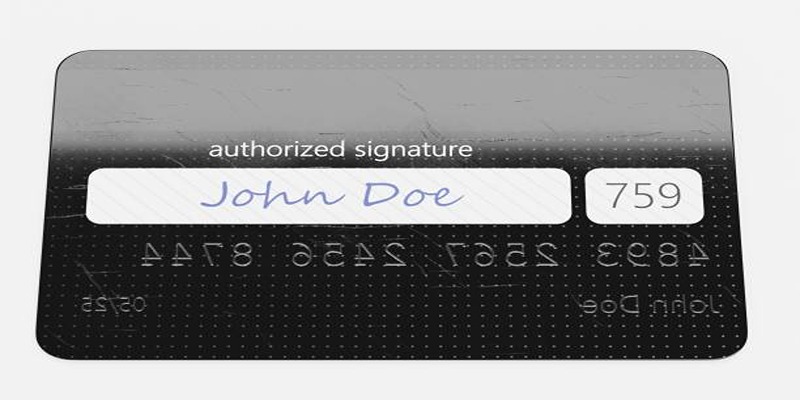
Even though signatures are less relevant than they used to be, there are still some advantages to signing the back of your credit card:
- Merchants Are Less Likely to Refuse It: Signing your card ensures it complies with issuer requirements, which could prevent confusion or rejection during rare manual checks.
- Extra Layer of Security: While not foolproof, signing your card ensures another layer of protection in the event it ends up in the wrong hands.
- Streamlines the Payment Process: For industries that still require signatures (e.g., car rentals or hotel check-ins), having a signed card can make the process smoother and quicker.
How to Sign Your Credit Card Correctly
If you’ve decided to sign your credit card, here’s how to do it properly:
- Use a Permanent Marker: Choose a fine-tipped permanent marker or pen designed for writing on plastic. Regular ballpoint pens often don’t adhere well to the signature panel.
- Sign Your Name Neatly: Write your standard signature as you would on any legal document. Avoid printing your name in block letters, as this could cause issues if a merchant insists on signature matching.
- Document It for Your Records: For added peace of mind, take a photo of your signed card and store it securely. This can serve as proof of your signature.
Alternatives to Signing Your Card
Some people prefer to write “See ID” or “Ask for ID” on the signature panel as an added security measure. This instructs cashiers to request identification when processing a payment, theoretically reducing the likelihood of fraud. However, this approach has some drawbacks:
- It may not comply with issuer policies, leaving merchants the right to reject your card.
- Many cashiers fail to check or enforce this request, making it less effective than intended.
If you’d rather not take a pen to your card, remember that modern tools like biometric authentication and mobile payments already offer more robust security than a signature could.
Conclusion
Signing the back of your credit card isn’t essential for most transactions anymore, but it’s still a good idea. It aligns with issuer requirements, avoids potential hassles, and adds a small layer of security. As payment technology evolves, card signatures are becoming less relevant. Instead, prioritize secure payment methods, regularly monitor your account for unauthorized activity, and report lost or stolen cards immediately to protect your finances.

